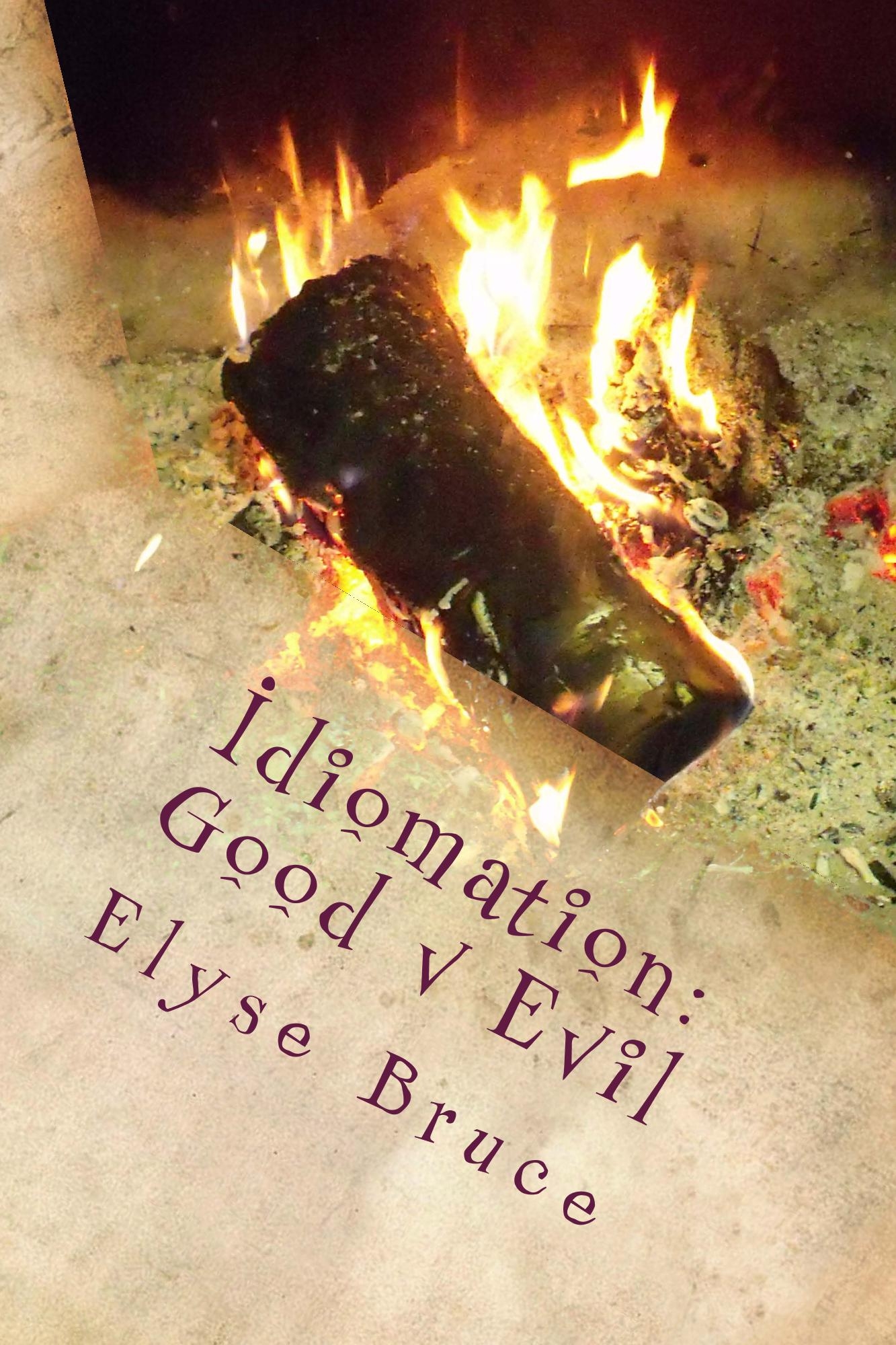Love Many, Trust Few
Posted by Admin on September 20, 2016
Last Tuesday, paddle your own canoe was shared with Idiomation’s fans, followers, and visitors. The entry mentioned an autograph book inscription that included the canoe comment: Love many, trust few, and always paddle your own canoe.
While we were able to track down the second half of that autograph book inscription, the first half left people hanging. With no further ado, let’s take on the first half of that expression.
The quote is a variation on a line from the William Shakespeare so-called problem play, “All’s Well That Ends Well.” Many consider this play a problem play because it’s neither a comedy nor a tragedy. It was written sometime between 1601 and 1608.
The play takes place in the French court of Rousillon, and is about a young woman named Helena who seeks to catch the eye of, and marry, a man of higher social standing than her current social standing. She is the daughter of the recently deceased court physician, and her mark is Bertram, a young nobleman who is morning for his late father, the Count of Rousillon.
The expression is used in Scene I, Act I. The Countess of Rousillon, her son Bertram, Helena, and LaFeu enter, dressed in black. The audience quickly learns that the Countess of Rousillon has just buried a second husband (explaining the black garments).
COUNTESS:
Be thou blest, Bertram, and succeed thy father
In manners, as in shape! thy blood and virtue
Contend for empire in thee, and thy goodness
Share with thy birthright! Love all, trust a few,
Do wrong to none: be able for thine enemy
Rather in power than use, and keep thy friend
Under thy own life’s key: be cheque’d for silence,
But never tax’d for speech. What heaven more will,
That thee may furnish and my prayers pluck down,
Fall on thy head! Farewell, my lord;
‘Tis an unseason’d courtier; good my lord,
Advise him.
So the original saying was actually love all, trust a few, do wrong to none. At what point did the saying become love many instead of love all?
In 1846, the expression was still as William Shakespeare had written it. In “The Christian Pioneer Monthly Magazine” edited by Reverend Joseph Foulkes Winks (12 December 1792 – 28 May 1860), the idiom was included without proper attribution in the section titled, “Facts, Hints, and Gems.”
By 1870, the “Saint’s Herald: Volume 17” (published as a semi-monthly magazine by te Reorganized Church of Jesus Christ of Latter Day Saints) dropped the one-letter word between trust and few, and the saying was published as love all, trust few, do wrong to none.
Nine years later, in 1879, it was no longer love all, trust few, do wrong to none. It was now love many, trust few, and always paddle your own canoe.
Where and how the paddle and canoe were added during the decade between the “Saint’s Herald” and the autograph book inscription is still a mystery. If anyone knows the answer, we’d love to read all about it in the comments below.


rosesarehappy said
Love this article.
Albert Guest said
HI, i have the saying in an autograph book, it is wrote like this:
Love all,
Trust a few.
But always paddle your own canoe.
22/10/18